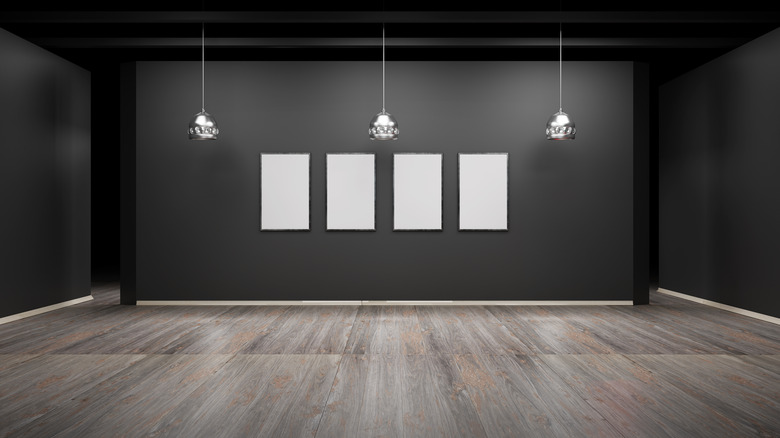Although we live in, move through and see a world of three dimensions, most of the representations of that world are two dimensional. We view drawings or photographs on flat paper or computer screens. Even our 3-D visual observation of the world around us is based on 2-D images flashed onto our retinas at the back of our eyes. But two dimensions is not the minimal limit of pictorial representation. Simple images can also be rendered in one dimension.
Dimensions Defined
Dimensions are used to describe the structure of an object — whether it’s flat or not — and its extent in space. A dimension in geometry is defined as the number of coordinates needed to specify a point on the object, according to Wolfram MathWorld. For example, if you need two figures, such as (2, 4), to understand where a particular spot is, you are dealing with a two-dimensional shape.
1-D Pictures
One-dimensional pictures are those containing only one dimension. This is only possible when you’re dealing with a line, as the only dimension you have is length, defined by a single figure. For example, you can easily find a spot when you know it’s on the third inch from the left. However, a line is 1-D only on a theoretical level, as in real life, a line has a width just hundredths or thousandths of an inch.
2-D Pictures
One type of picture you can come across in real life is the two-dimensional one. The two dimensions depicted are length and width and the objects on the picture are flat. Examples of such pictures are ancient Egyptian wall paintings or images from video games before the PlayStation era, where visual artists did not want, or could not, give a realistic representation of space.
3-D Pictures
Three-dimensional pictures contain yet another dimension: depth. This type is the most realistic one, as the depiction of objects or environments resembles the way we see them through our own eyes. Painters use the technique of perspective, drawing distant objects smaller and depicting angles as visible through one’s point of view, while 3-D movies use two images superimposed on the same screen. However, such pictures give only the illusion of depth, as the canvas or screen always remains flat.

